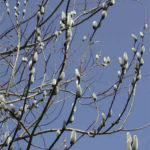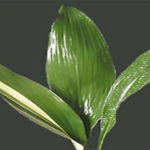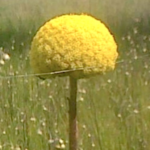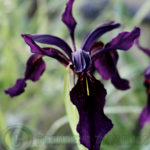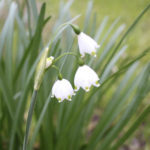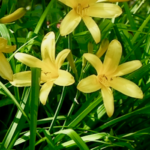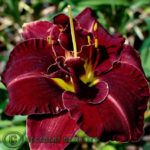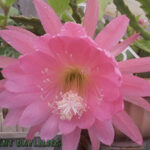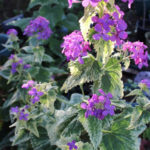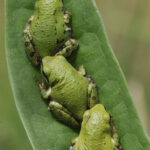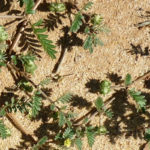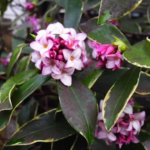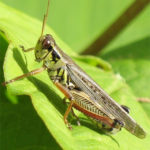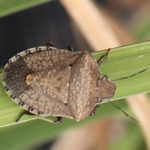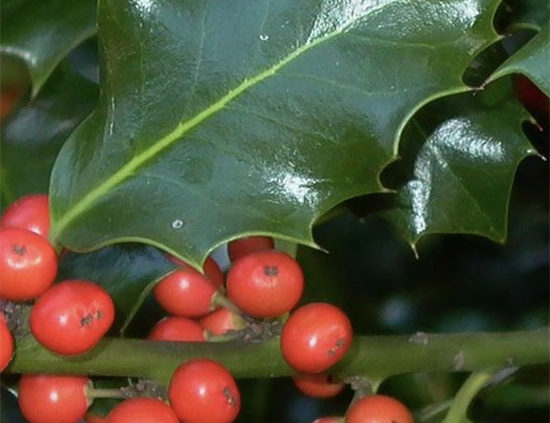
Holly Varieties Trees Shrubs Facts
Caring For Holly Varieties Trees And Shrubs
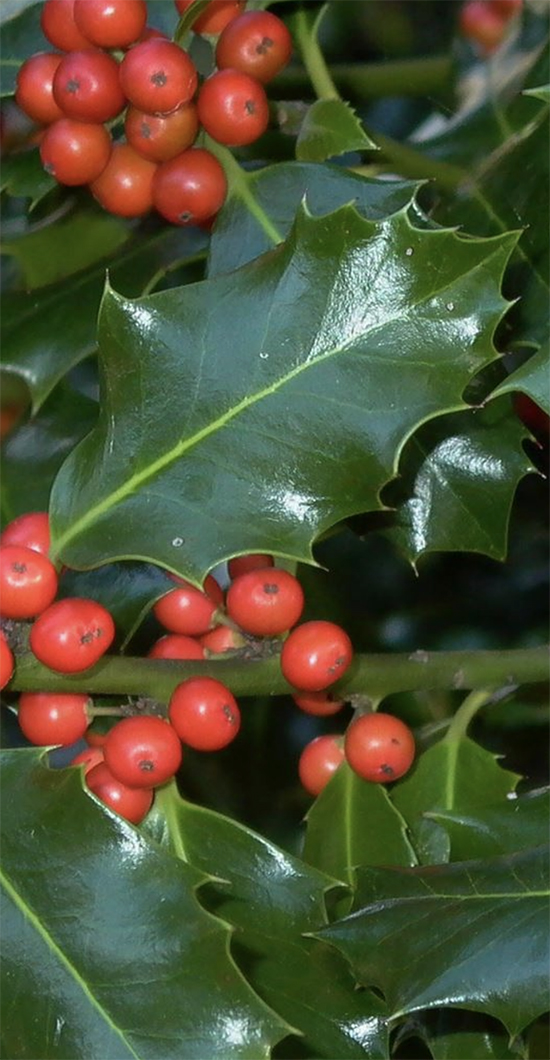 Hollies are one of the most popular hedge plants with year–round interest. There are different varieties of hollies which range from tiny shrubs to towering trees. They are mostly grown for the beauty of their red berries. There are varieties of pink, white, yellow or orange berries as well. Any dull landscape can be made attractive with a bush of Holly. Holly is an evergreen plant and it adds beauty to your winter garden with its berries and with its lush green leaves in summer. You need to plant female Holly plants if you are looking for the bright berries to add colour to your winter garden. Make sure that there are male plants nearby. The plant produces small white flowers before the presentation pack of the jazzy contrasting bright red berries.
Hollies are one of the most popular hedge plants with year–round interest. There are different varieties of hollies which range from tiny shrubs to towering trees. They are mostly grown for the beauty of their red berries. There are varieties of pink, white, yellow or orange berries as well. Any dull landscape can be made attractive with a bush of Holly. Holly is an evergreen plant and it adds beauty to your winter garden with its berries and with its lush green leaves in summer. You need to plant female Holly plants if you are looking for the bright berries to add colour to your winter garden. Make sure that there are male plants nearby. The plant produces small white flowers before the presentation pack of the jazzy contrasting bright red berries.
Where to plant?
The Holly tree or bush grows best in areas receiving partial sunlight. The trees can tolerate full sun. You need to plant them in well-drained soil which is slightly acidic. The preferred pH is from 5 to 6.
How to grow?
Before planting in the soil, add compost or manure if the soil needs amendment. Leave at least 5 feet of space between the bush variety and at least 25 feet from large trees. The best time to plant Holly is between spring and autumn. Keep the soil moist after planting. Mulching helps to keep the soil moisture and to enrich the soil. You can fertilise the Holly trees once in a year using any balanced fertiliser. Once established the plant needs watering only during drought conditions. You need to prune the plant regularly to ensure that the plant achieves the nice compact shape.
Propagation of Holly Trees
Propagation is done by using hardwood cuttings. The stem cuttings are taken from the new growth. You need to take cuttings of 6 inch length. It is better to take the cuttings when the plant is dormant. The deciduous type should be placed in holes in the soil, which is at least 12 inches deep.
Make sure that you place the stem cutting upside down and cover it with soil completely. The new leaves start to appear in springtime. You can transplant them if needed. In the case of evergreen trees place the lower end about ¾ inch deep in soil or growing medium. Water them frequently in autumn and avoid watering during winter. There will be root growth in the following spring. You can transplant the new plant to the ideal location.
Popular varieties of Holly
- English Holly or Ilex Aquifolium has spiny and glossy green foliage and bright red berries.
- Japanese Holly or Ilex Crenata produces black or golden yellow berries. This variety is a slow grower but can live for more than 70 years.
- American Holly or Ilex Opaca has duller leaves than English Holly. The tree is pyramidal in shape and is great as a barrier or screen plants.
- Chinese Holly or I Cornuta has berries which vary in colour. This variety of Holly produces berries without pollination.
- Blue Holly or I Meserveae has bluish green foliage, purple stem, and red berries.
You can select the ideal variety according to the space in your garden and the height of the tree.



